Experimental Study on the Effect of Environmental Water on the Mechanical Properties and Deterioration Process of Underground Engineering Masonry Mortar
Abstract
:1. Introduction
2. Investigation of Water Environment for Masonry Mortar in Underground Engineering
3. Testing Scheme
3.1. Ssample Preparation Processing
3.2. Test Scheme
4. Analysis of Testing Results
4.1. Acoustic Emission Test of Mortar Samples
4.2. Electromagnetic Signal of Mortar Samples during the Loading and Unloading Process
4.3. Effect of Immersing Time on Mechanical Properties of Samples
4.4. Effects of Different Solutions on the Mechanical Properties of Samples
4.5. Effects of Wet–Dry Cycles on the Mechanical Properties of Samples
5. Conclusions
Author Contributions
Funding
Institutional Review Board Statement
Informed Consent Statement
Data Availability Statement
Conflicts of Interest
References
- Chen, Z.L.; Jiao, D. 2022 China Urban Underground Space Development Blue Book; Strategic Consulting Center of the Chinese Academy of Engineering: Beijing, China, 2023. (In Chinese) [Google Scholar]
- Slapø, F.; Kvande, T.; Høiseth, K.; Hisdal, J.; Lohne, J. Mortar Water Content Impact on Masonry Strength. Mason. Int. 2018, 30, 91–98. [Google Scholar]
- Singh, S.B.; Munjal, P.; Thammishetti, N. Role of water/cement ratio on strength development of cement mortar. J. Build. Eng. 2015, 4, 94–100. [Google Scholar] [CrossRef]
- Dehghan, S.M.; Najafgholipour, M.A.; Baneshi, V.; Rowshanzamir, M. Experimental study on effect of water–cement ratio and sand grading on workability and mechanical properties of masonry mortars in Iran. Iran. J. Sci. Technol. Trans. Civ. Eng. 2019, 43, 21–32. [Google Scholar] [CrossRef]
- Cuenca-Moyano, G.M.; Martin-Pascual, J.; Martin-Morales, M.; Valverde-Palacios, I.; Zamorano, M. Effects of water to cement ratio, recycled fine aggregate and air entraining/plasticizer admixture on masonry mortar properties. Constr. Build. Mater. 2020, 230, 116929. [Google Scholar] [CrossRef]
- Wang, R.F. Experimental Study on the Performance of Permanent Magnet Magnetized Water Mortar. Doctoral Dissertation, Chang’an University, Xi’an, China, 2021. (In Chinese). [Google Scholar]
- Xie, Z.Q.; Liu, G.B.; Zhang, T.Y.; Li, Q.Y.; Wang, L. Influence of alkaline electrolyzed water with different pH values on workability and strength of mortar. Silic. Bull. 2021, 40, 3702–3711. (In Chinese) [Google Scholar]
- Shi, D.; Zhou, H.F.; Yang, S.F.; Xie, Z.Q.; Wang, L. Research on the influence of different types of electrolytic activated water on the hydration characteristics and strength of mortar. Concrete 2023, 6, 145–149. (In Chinese) [Google Scholar]
- Zhou, Q.W.; Li, G.W. Experimental study on the effect of magnetized water on the performance of cement mortar. Hydropower Stn. Des. 2005, 21, 75–77. (In Chinese) [Google Scholar]
- Zhang, T.Y.; Wang, L.; Li, Q.Y. The effect of low alkaline electrolyzed water on the performance of fly ash mortar. Concr. Cem. Prod. 2021, 5, 11–15. (In Chinese) [Google Scholar]
- ChoiI, S.G.; Park, S.S.; Wang, K.J. Early-Age Strength of Alkali-Activated Slag Mortar Based on Burned Oyster Shell and Other Chemical Activators. J. Mater. Civ. Eng. 2019, 31, 04019186. [Google Scholar] [CrossRef]
- Cuenca-Moyano, G.M.; Martín-Morales, M.; Valverde-Palacios, I.; Valverde-Espinosa, I.; Zamorano, M. Influence of pre-immersed recycled fine aggregate on the properties of masonry mortar. Constr. Build. Mater. 2014, 70, 71–79. [Google Scholar] [CrossRef]
- Xie, H.; Wei, P.; Liu, N.; Gao, J.; Yang, L.; Li, J.; Chen, S. Study on failure characteristics of basalt fiber reactive powder concrete under uniaxial loading. Constr. Build. Mater. 2023, 404, 133246. [Google Scholar] [CrossRef]
- Yang, L.; Xie, H.; Fang, S.; Huang, C.; Yang, A.; Chao, Y.J. Experimental study on mechanical properties and damage mechanism of basalt fiber reinforced concrete under uniaxial compression. Structures 2021, 31, 330–340. [Google Scholar] [CrossRef]
- Ciantia, M.O.; Castellanza, R.D.; Prisco, C. Experimental study on the water-induced weakening of calcarenites. Rock Mech. Rock Eng. 2015, 48, 441–461. [Google Scholar] [CrossRef]
- Wong, L.N.Y.; Maruvanchery, V.; Liu, G. Water effects on rock strength and stiffness degradation. Acta Geotech. 2016, 11, 713–737. [Google Scholar] [CrossRef]
- Cai, X.; Zhou, Z.; Liu, K.; Du, X.; Zang, H. Water-weakening effects on the mechanical behavior of different rock types: Phenomena and mechanisms. Appl. Sci. 2019, 9, 4450. [Google Scholar] [CrossRef]
- Chen, W.; Liu, J.; Peng, W.; Zhao, Y.; Luo, S.; Wan, W.; Wu, Q.; Wang, Y.; Li, S.; Tang, X.; et al. Aging deterioration of mechanical properties on coal-rock combinations considering hydro-chemical corrosion. Energy 2023, 282, 128770. [Google Scholar] [CrossRef]
- Zhang, J.; Deng, H.; Taheri, A.; Ke, B.; Liu, C.; Yang, X. Degradation of physical and mechanical properties of sandstone subjected to freeze-thaw cycles and chemical erosion. Cold Reg. Sci. Technol. 2018, 155, 37–46. [Google Scholar] [CrossRef]
- Guha Roy, D.; Singh, T.N.; Kodikara, J.; Das, R. Effect of water saturation on the fracture and mechanical properties of sedimentary rocks. Rock Mech. Rock Eng. 2017, 50, 2585–2600. [Google Scholar] [CrossRef]
- Bian, K.; Liu, J.; Zhang, W.; Zheng, X.; Ni, S.; Liu, Z. Mechanical behavior and damage constitutive model of rock subjected to water-weakening effect and uniaxial loading. Rock Mech. Rock Eng. 2019, 52, 97–106. [Google Scholar] [CrossRef]
- Liu, Z.H.; Gan, L.Q.; Liu, D.E.; Rong, H. The effect of sulfur oxidizing bacteria on the performance of concrete in seawater environment. Surf. Technol. 2023, 52, 280–290+317. (In Chinese) [Google Scholar]
- Xu, F.Y.; Liang, Y.Z.; Dai, M.; Lin, L.; Liu, X.; Dai, L. A study on the effect of chloride ions in seawater on the durability of concrete. Mod. Salt Chem. Ind. 2022, 49, 56–58. (In Chinese) [Google Scholar]
- Lv, P. A Study on the Influence of Seawater Fluctuations on the Transport Law of Chloride Ions in Concrete. Master’s Thesis, Shenzhen University, Shenzhen, China, 2019. (In Chinese). [Google Scholar]
- Han, X.Q. The Effect of the Coupling Effect of Seawater and Wet Dry Cycles on the Resistance of Concrete to Chloride Ion Penetration. Master’s Thesis, Zhejiang University, Hangzhou, China, 2019. (In Chinese). [Google Scholar]
- Jiang, W.; Sun, M.; Li, F.L. Comparison of the effects of steel fibers and PVA steel hybrid fibers on the mechanical properties of concrete under seawater corrosion. Concr. Cem. Prod. 2018, 9, 53–56. (In Chinese) [Google Scholar]
- Liu, Y.; Jin, Z.Q.; Zhang, Y. A study on the effect of seawater on the corrosion of steel bars in concrete. Concrete 2016, 6, 38–41. (In Chinese) [Google Scholar]
- Chen, H.Y.; Li, M.M.; Mao, J.H.; Wang, Y.; Li, Z.Y.; Yu, K.Q.; Gao, Y. The impact of seawater erosion on the early durability of concrete and maintenance measures. Concrete 2016, 4, 43–45+49. (In Chinese) [Google Scholar]
- Giaccone, D.; Santamaria, U.; Corradi, M. An experimental study on the effect of water on historic brickwork masonry. Heritage 2020, 3, 29–46. [Google Scholar] [CrossRef]
- Zhou, X.H.; Desmarais, G.; Vontobel, P.; Carmeliet, J.; Derome, D. Water Uptake in Masonry: Effect of Brick/Mortar Interface. In Proceedings of the 7th International Building Physics Conference, IBPC2018, Syracuse, NY, USA, 24 September 2018. [Google Scholar]
- Bompa, D.V.; Elghazouli, A.Y. Compressive behaviour of fired-clay brick and lime mortar masonry components in dry and wet conditions. Mater. Struct. 2020, 53, 60. [Google Scholar] [CrossRef]
- Liu, H.L.; Huang, Y.; Han, Y.P. Research on the corrosiveness of environmental water to mortar and concrete. Concr. Cem. Prod. 1997, 6, 12–15+47. (In Chinese) [Google Scholar]
- Liao, Y.D.; Yang, Y.C.; Jiang, C.H.; Feng, X.G.; Chen, D. Degradation of mechanical properties of cementitious materials exposed to wet–dry cycles of sulphate solution. Mater. Res. Innov. 2015, 19, 173–177. [Google Scholar] [CrossRef]
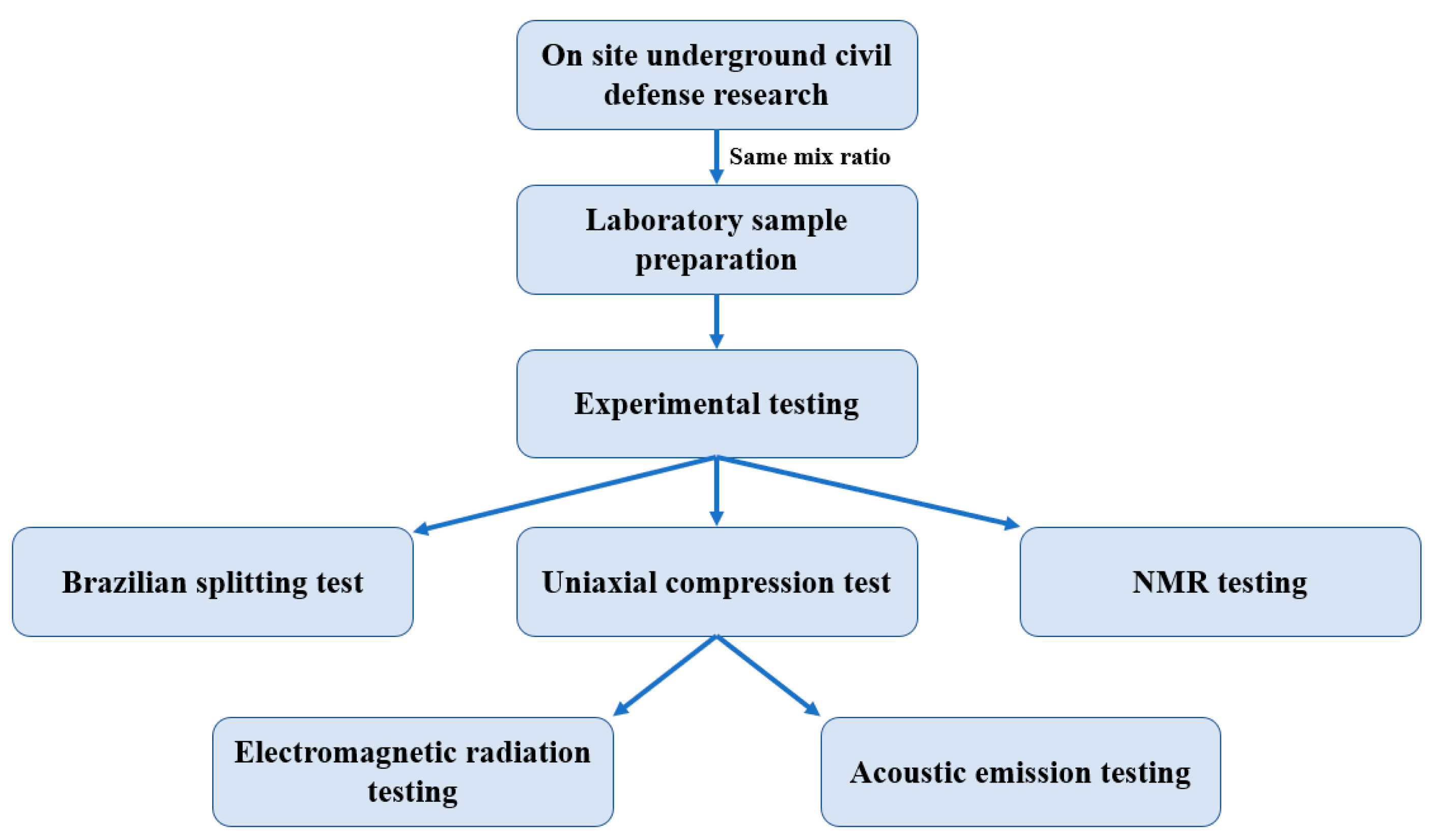
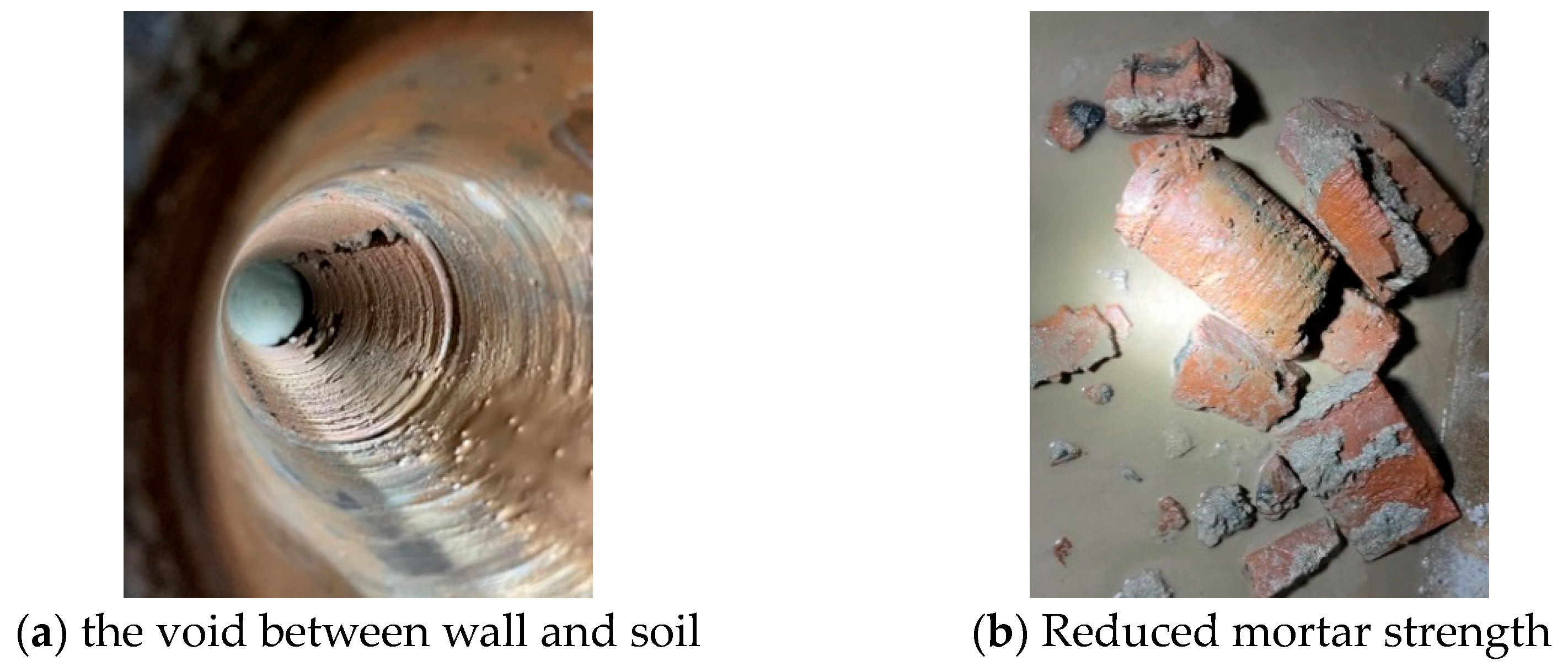

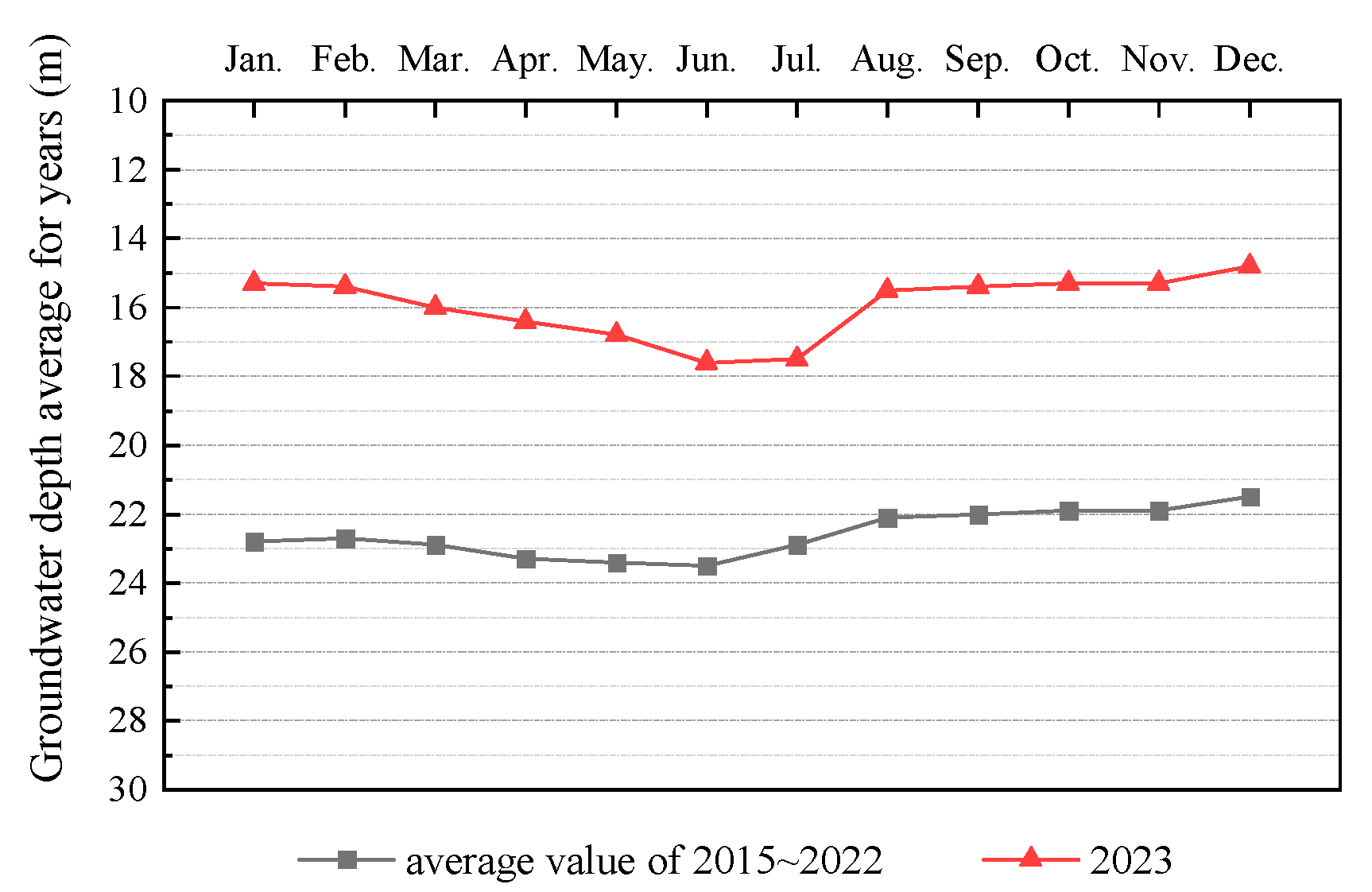
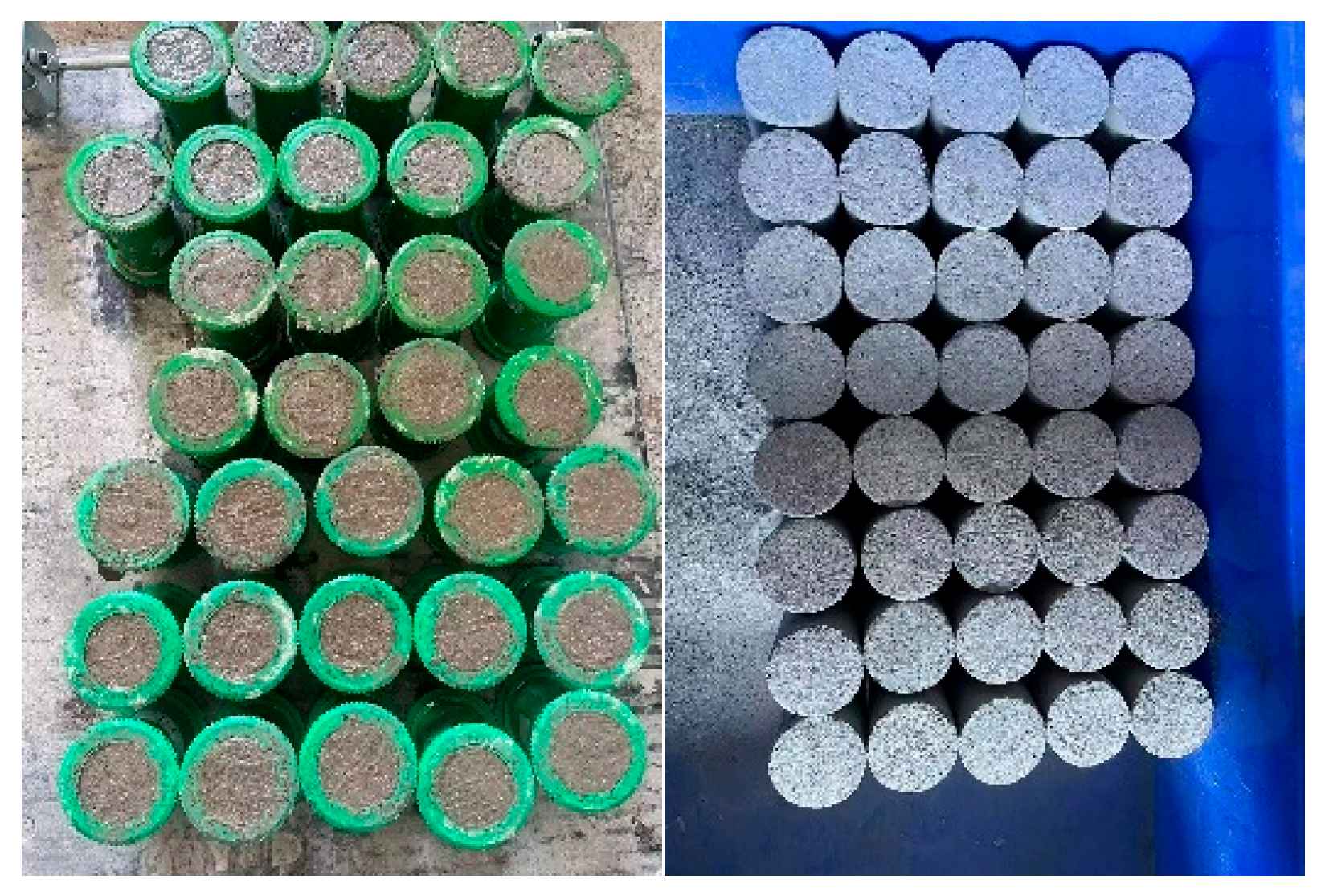

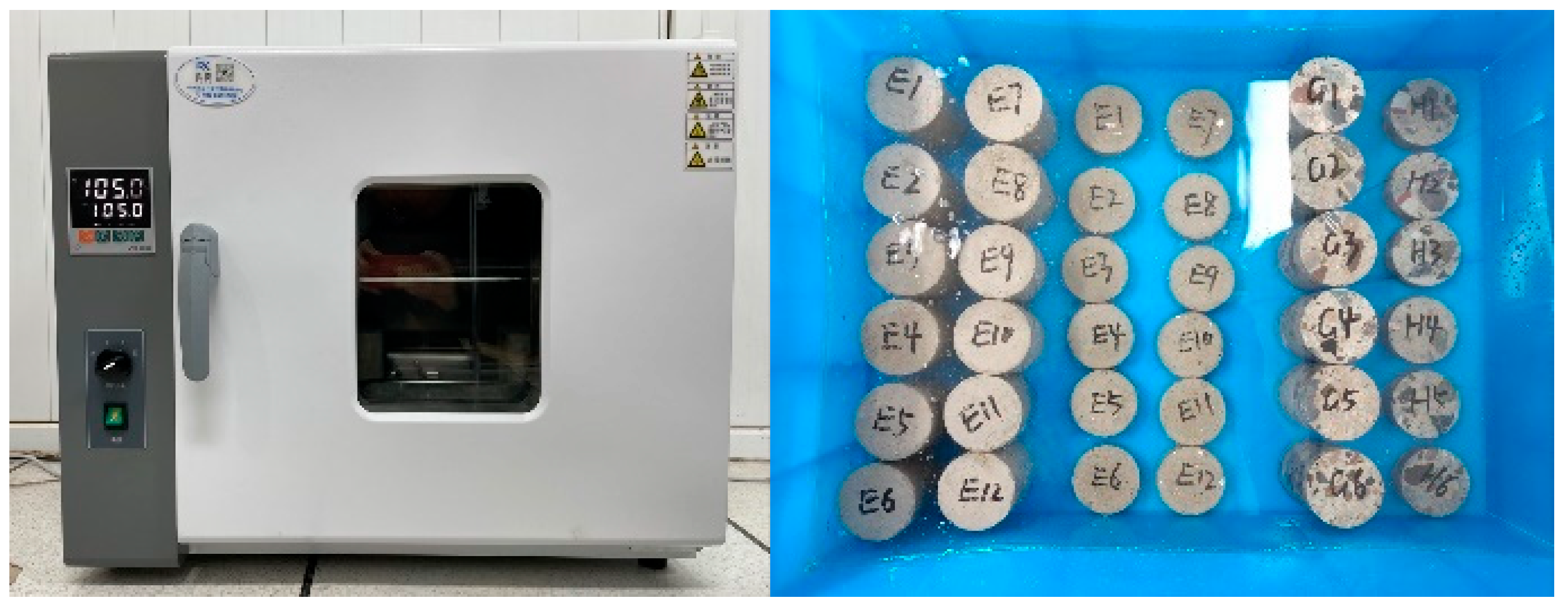
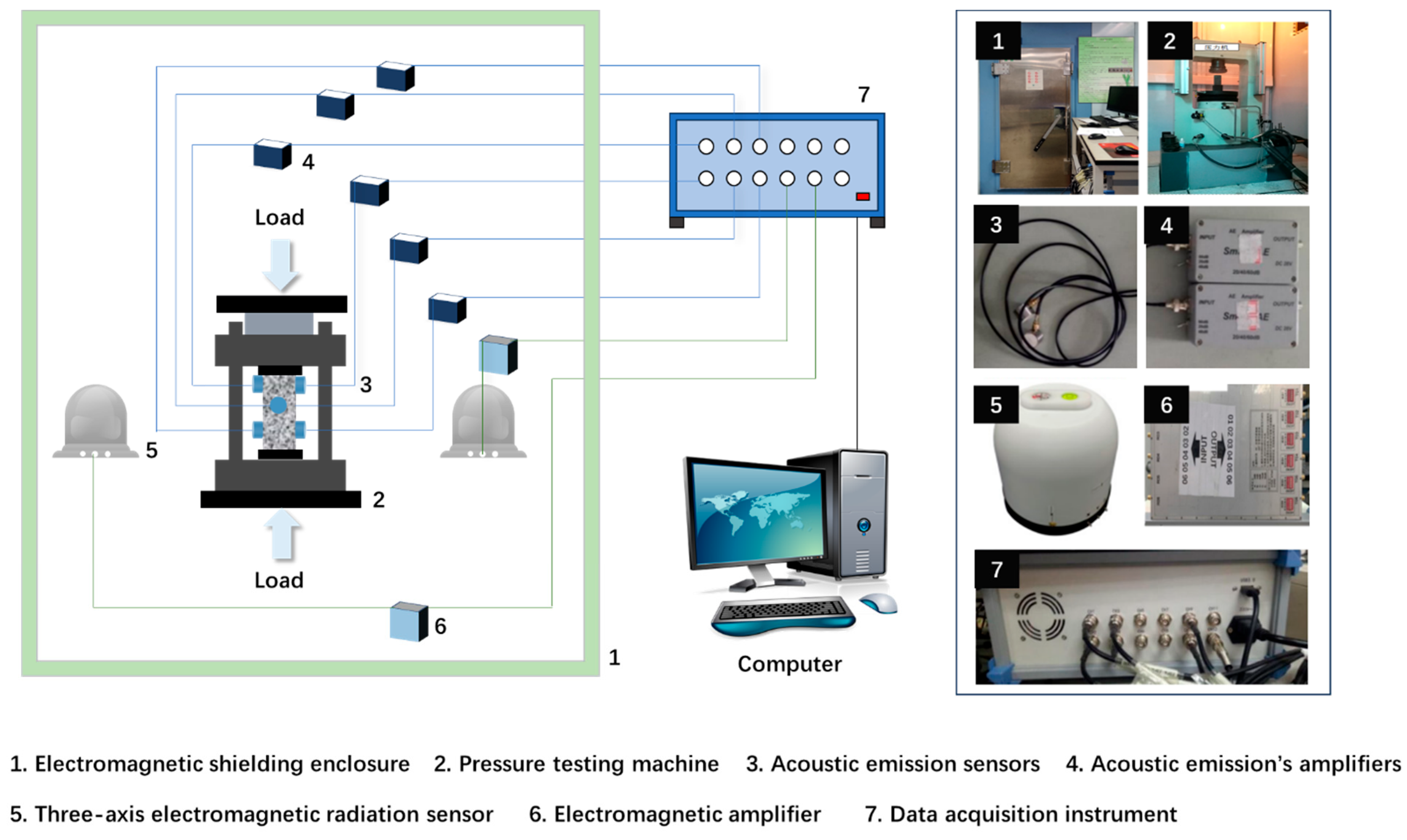
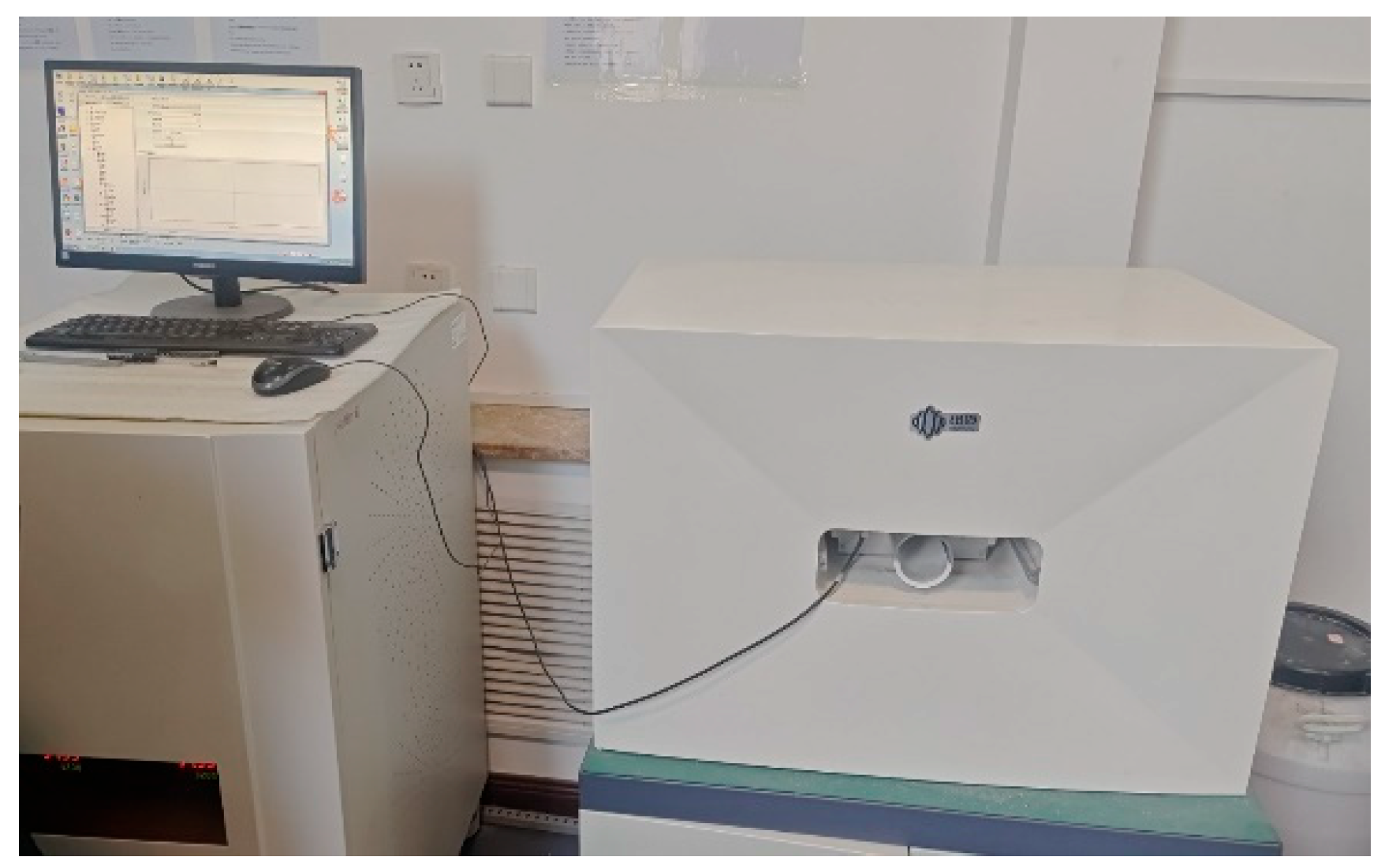
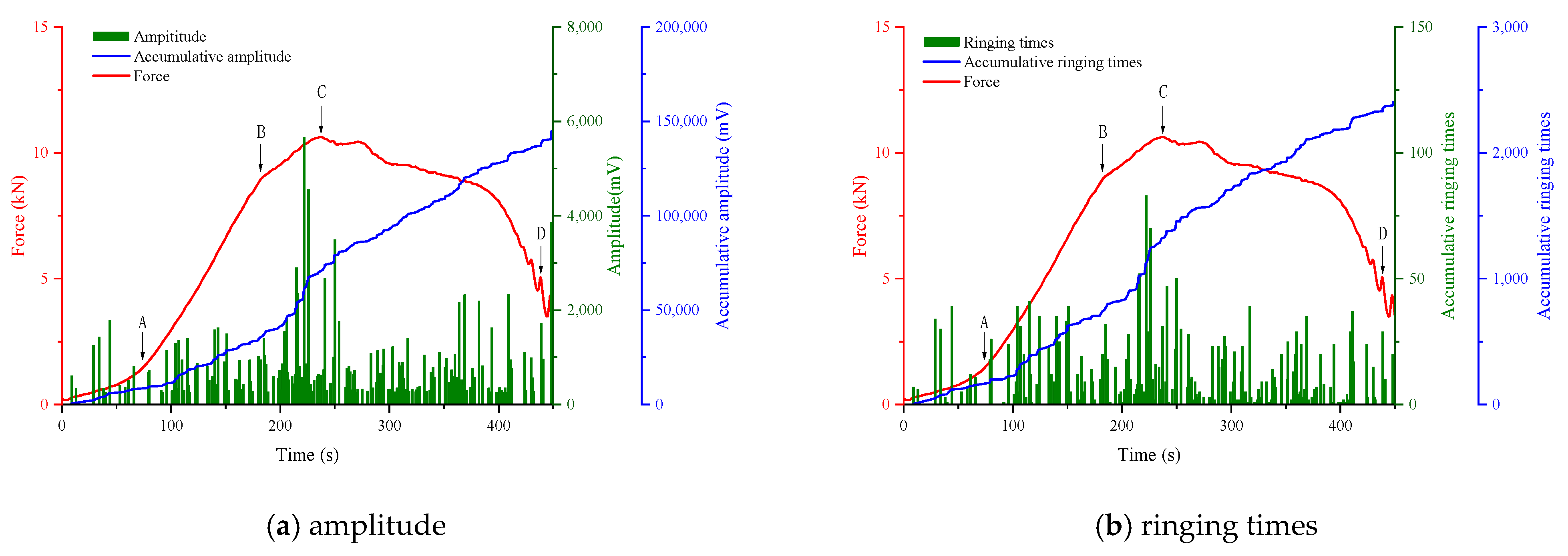
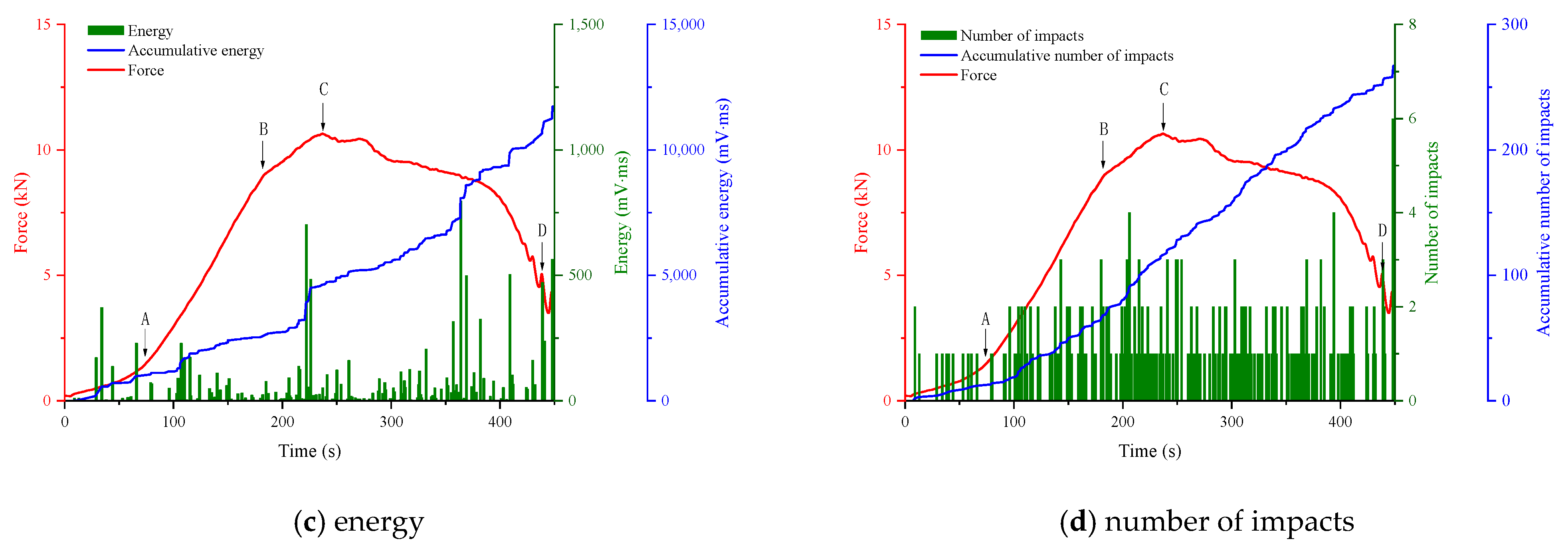


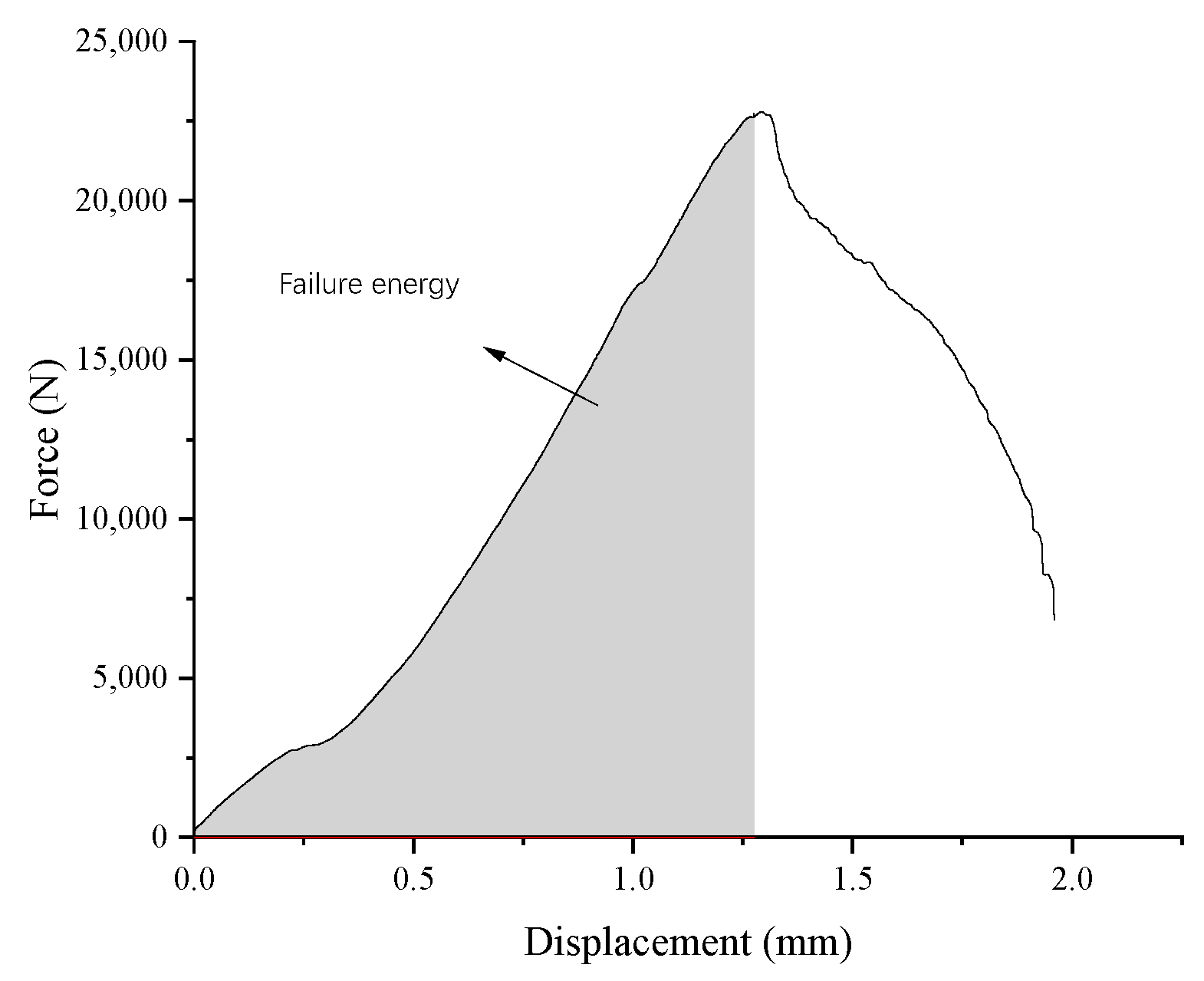




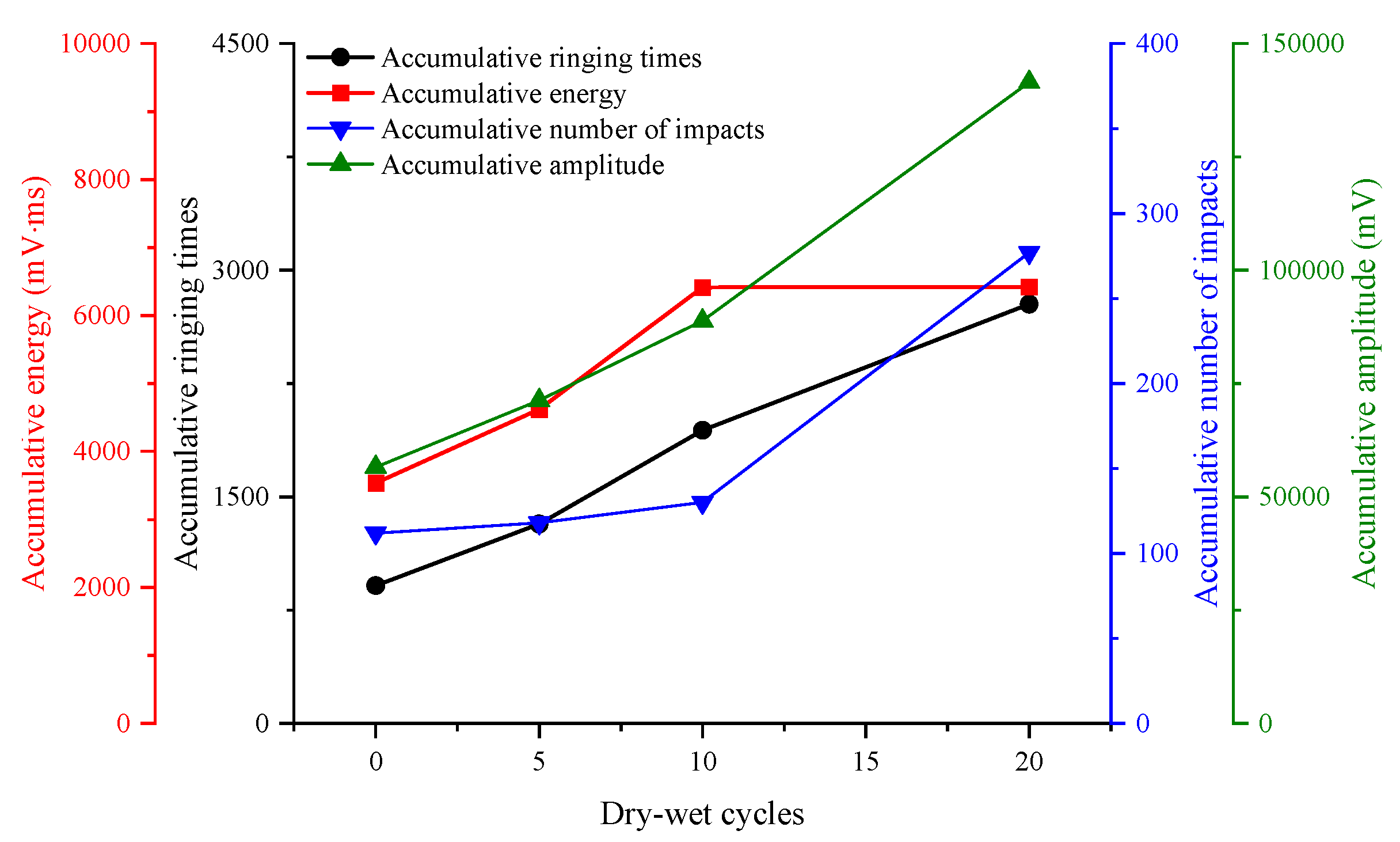

| Case | Solutions | Immersion Time/d |
|---|---|---|
| 1 | H2CO3 | 10 |
| 2 | 20 | |
| 3 | 30 | |
| 4 | NaCl | 10 |
| 5 | 20 | |
| 6 | 30 | |
| 7 | Na2CO3 | 10 |
| 8 | 20 | |
| 9 | 30 |
Disclaimer/Publisher’s Note: The statements, opinions and data contained in all publications are solely those of the individual author(s) and contributor(s) and not of MDPI and/or the editor(s). MDPI and/or the editor(s) disclaim responsibility for any injury to people or property resulting from any ideas, methods, instructions or products referred to in the content. |
© 2024 by the authors. Licensee MDPI, Basel, Switzerland. This article is an open access article distributed under the terms and conditions of the Creative Commons Attribution (CC BY) license (https://creativecommons.org/licenses/by/4.0/).
Share and Cite
Yang, J.; Cheng, Y.; Cui, D.; Zhang, Z.; Zhang, B.; Chai, J. Experimental Study on the Effect of Environmental Water on the Mechanical Properties and Deterioration Process of Underground Engineering Masonry Mortar. Sustainability 2024, 16, 5186. https://doi.org/10.3390/su16125186
Yang J, Cheng Y, Cui D, Zhang Z, Zhang B, Chai J. Experimental Study on the Effect of Environmental Water on the Mechanical Properties and Deterioration Process of Underground Engineering Masonry Mortar. Sustainability. 2024; 16(12):5186. https://doi.org/10.3390/su16125186
Chicago/Turabian StyleYang, Jinghu, Ye Cheng, Dawei Cui, Zewei Zhang, Bo Zhang, and Jiamei Chai. 2024. "Experimental Study on the Effect of Environmental Water on the Mechanical Properties and Deterioration Process of Underground Engineering Masonry Mortar" Sustainability 16, no. 12: 5186. https://doi.org/10.3390/su16125186





